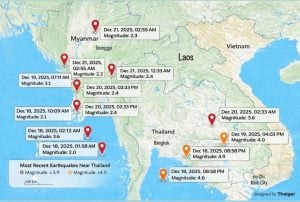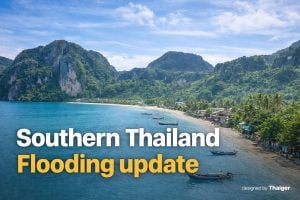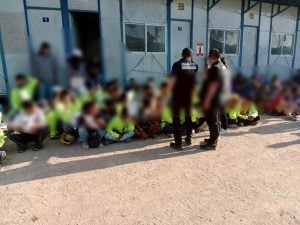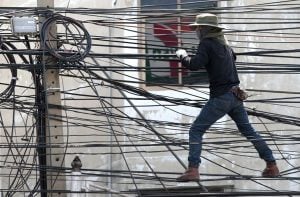How has COVID impacted Pakistan’s education system?

Last week, Pakistan opened both public and private schools in various districts of Punjab and Khyber Pakhtunkhwa, with Sindh province opening its schools in August.
Schools are now operating with a 50% attendance policy on alternating days due to the COVID regulations set forth by the National Command and Operation Center (NCOC). Vaccinations were also made mandatory for all staff and students over the age of 15.
Schools in Pakistan were closed for around seven months during the first COVID wave. However, they reopened in September 2020 and were closed again shortly thereafter the following November.
The government announced another phased opening of educational institutions in January of this year. However, this reopening was also short-lived, as schools closed again in April 2021 due to the third wave.
“The school year for 2021-22 has been extended to June 2022. Final examinations will be conducted in June 2022” Murad Raas, Punjab’s Education Minister, tweeted last week.
Officials have introduced digital learning methods to compensate for the repeated closures. Recently, the minister of education also decided to promote some students who had failed by awarding them 33% concessional marks.
However, the effectiveness of these measures remains in doubt.
Millions of students lose out
In a country already scarred by stark differences in the quality of education between public and private schools, as well as low literacy rates, the pandemic has affected the learning of approximately 40 million students across Pakistan. The World Bank has claimed that “even the most optimistic scenario suggests an overall loss of learning for every child enrolled.”
According to a study by UNICEF, students learned significantly less from home, compared with classroom learning before the pandemic. Their learning was harmed by a lack of access to technology, network connectivity issues, and low levels of motivation.
“Keeping the children interested and motivated in online classes is the biggest challenge, as children do not have any interest in them and their screen time is increased,” Alia Malik, a mother of three, told DW. Arranging separate places and gadgets for all the children in the house presented a further challenge.
While talking to DW about the contrast between online and face-to-face learning, Shahram Ahmad, a private university student, said: “It’s the same difference as between a call and meeting someone in person. It’s a lot easier to understand difficult concepts when an instructor can use all tools at their disposal.”
Muhammad Qadeer, a secondary school teacher, told DW that since students are passing through a critical stage of their mental and biological development, the lack of regular coaching and extracurricular activities will have a huge impact on their learning. “This generation will always be remembered as the COVID generation,” he said.
‘A matter of privilege’
As reported by UNICEF, remote learning was not possible for 23% of young children due to a lack of access to digital devices. The pandemic has hit poor and disadvantaged families the hardest, as they are unable to purchase even a single device.
Geographical barriers have also had an impact. Around 26% of urban youth had no access to technology whereas, in the countryside, that figure rose to 36%.
Remote learning is also challenging for children with disabilities and girls.
“I did really well in my in-person classes but during lockdown, I had some domestic duties that couldn’t be ignored. This severely affected my performance in university and my GPA hit rock-bottom,” said Wyena Qureshi, a private university student.
Students also had to drop out due to financial losses during the pandemic. Pakistan’s economy was hit hard by the pandemic.
Back in 2020, the World Bank predicted 930,000 children would drop out of primary and secondary education. “Pakistan is globally the country where we expect the highest [number of] dropouts due to the COVID crisis,” the bank said.
Two sides of the same coin?
“It’s been a challenging experience for all of us but we have also learned to function and stay connected from a distance,” Yasmeen Hameed, an educator, told DW.
“New learning techniques were adapted and gradually children have become familiar with them,” she said.
Pakistan’s teleschool program for students in Punjab initially had a high number of viewers due to the support of stakeholders and a phase-by-phase rollout. However, the market research firm, IPSOS, found that usage decreased after six months.
Zulfiqar Samin, deputy secretary for policy at the Ministry of Federal Education, told DW that the ministry has tried to overcome challenges with education through the digital programs.
“We tried to reach all radio and TV channels that we possibly could and kept the language of communication as Urdu at the federal level to overcome any linguistic barriers. Parents have also cooperated very well with us,” he said.
He also stressed that developed countries like China, the United States, and Germany have also been affected similarly. He added that, while the government of Pakistan is pushing its vaccination campaign until the majority of people get vaccinated, they remain at risk.
SOURCE: DW News
Latest Thailand News
Follow The Thaiger on Google News:


























